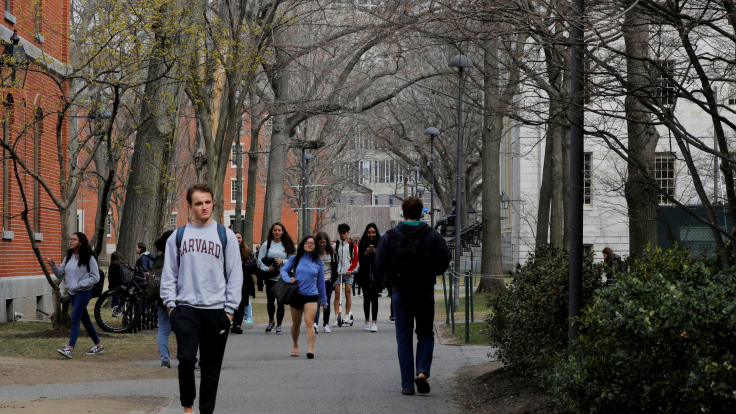Student Loan Warning: US Defaulters Can and Will Have Their Wages Taken
Student Loan Defaults Resurface: Wages at Risk for Over 5 Million Borrowers from 5 May

The United States government is resuming aggressive collection efforts on federal student loans after a pause of over five years, putting millions of people's wages in jeopardy.
This move, announced on Monday, 29 April 2024, signals a stark shift from the leniency of the COVID-19 pandemic period, with the Department of Education preparing to enforce repayment through garnishing wages and other measures.
The Return of Collections
Since March 2020, federal student loan collections have been effectively frozen to provide relief during the economic upheaval caused by the pandemic. Now, more than 5 million borrowers who are in default will face renewed pressure as the Department of Education renews its efforts to recover unpaid debts. The department also estimates that an additional 4 million borrowers are late in their payments, but not yet in default.
The Department of Education's official statement emphasised that these measures are part of a responsible, lawful process to ensure taxpayers are not burdened by unpaid loans. 'American taxpayers will no longer be forced to serve as collateral for irresponsible student loan policies,' says Education Secretary Linda McMahon. The process will kick off with email notifications over the next two weeks, with wage garnishments set to commence later this summer for those in default.
What Borrowers Can Expect
While the government's stance is firm, it has also highlighted ways for borrowers to avoid wage garnishment. The department plans to launch a comprehensive communication campaign, encouraging defaulted borrowers to explore repayment options. These include income-driven repayment plans and loan rehabilitation, which involves making a series of consecutive, timely payments to restore good standing.
A number of tools have been introduced to assist borrowers in navigating these options, including an artificial intelligence-based assistant designed to help identify suitable repayment programmes. Call centre hours have been extended, and borrowers are urged to contact the Default Resolution Group themselves.
The department's official position is that cooperation is vital. 'We look forward to working with Congress on their efforts to streamline loan repayment as well as lowering college costs,' a senior official stated. But with only 38 percent of borrowers currently active in their repayment, the risk of wage garnishment poses a clear threat to those who remain in default.
The Broader Context
This renewed effort follows the Trump administration's announcement earlier in the week that it would initiate collection proceedings on defaulted loans from 5 May. The Treasury Offset Program will oversee the process, intercepting payments such as tax refunds and Social Security benefits to recover outstanding debt. After a 30-day notice, wage garnishments could also begin, subject to legal and procedural compliance.
The timing underscores a broader realisation: the pandemic-era pause was only a temporary measure. At the end of 2024, approximately 5.6 million borrowers were in default, with many having been in such a state for more than seven years. Most federal student borrowers, in fact, risk default if they do not make a payment within 270 days.
Default carries consequences beyond wage garnishment; borrowers may lose eligibility for further federal aid, and legal action can be pursued. The Department of Education's initiatives aim to minimise defaults through educational outreach and flexible repayment options. But many argue that the government's insistence on collection reflects a shift away from the previous administration's leniency, and that many borrowers remain unable to meet repayment obligations.
What's Next?
The government's strategy involves a combination of direct communication and technological assistance. Borrowers will be targeted with email campaigns, and tools such as AI assistants are now available to help them identify suitable repayment options. The department also expressed hope for legislative support to simplify the process and further reduce college costs.
In sum, the message is clear: defaulted federal student loans will no longer be left uncollected. From 5 May, wage garnishments can be initiated against those who have failed to meet their debt obligations for years. While some borrowers may find relief through repayment programmes, the overarching tone signals a return to strict enforcement, with significant implications for millions of workers across the country.
The question remains: will borrowers take action before wages are garnished? Or will the looming threat of enforced repayment force a broader push for stricter reforms in higher education funding? Only time will tell.
© Copyright IBTimes 2025. All rights reserved.





















